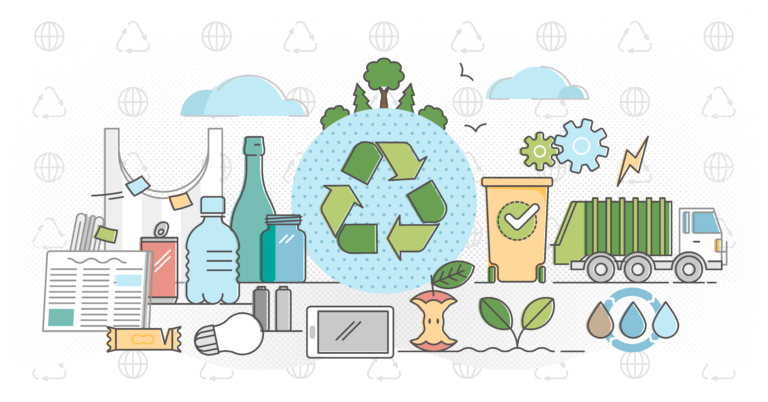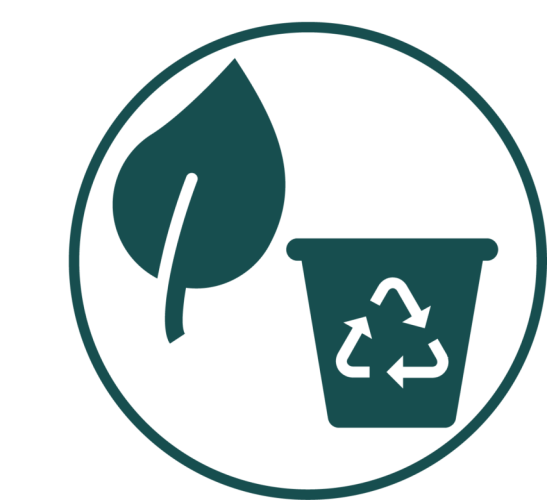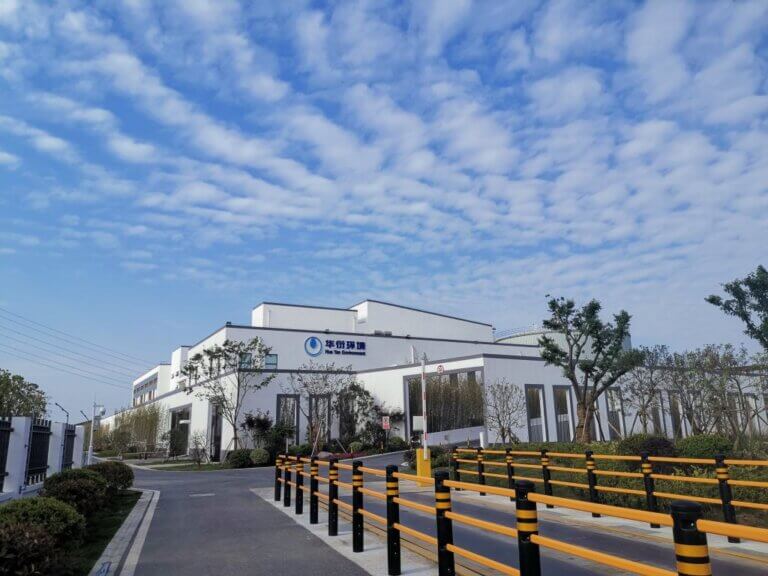
CLEANER PRODUCTION AND CIRCULAR ECONOMY: CHINA’S REVISED SOLID WASTE LAW OFFERS A STRONGER FRAMEWORK FOR POLLUTION PREVENTION
China has for the fifth time during the last 25 years revised its Law on Prevention and Control of Environmental Pollution by Solid Waste. The updated version of the legislation will be implemented in September promising better protection of the environment and strengthened rule of law.


